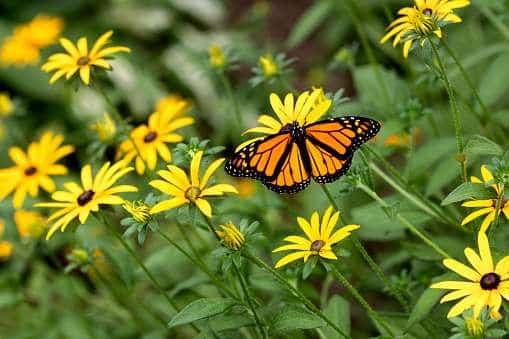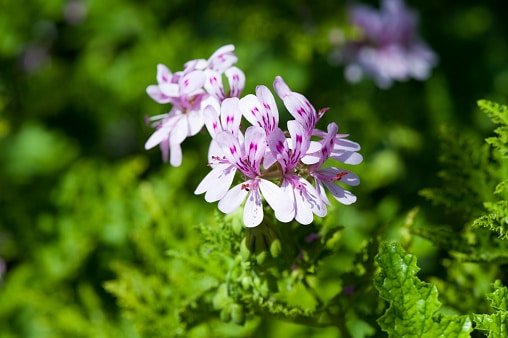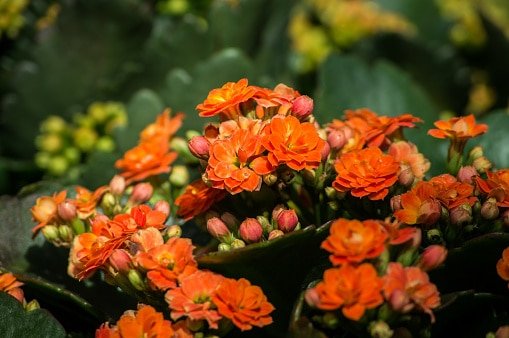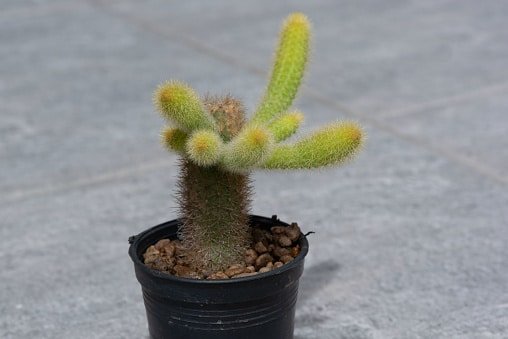How to grow black-eyed susans? These flowers, with their vibrant colors and unique appearance, have truly transformed my garden into a stunning beauty. While these flower plants are relatively easy to grow, they do require some extra care and maintenance for optimal growth. Whether you’re a beginner gardener or not, choose the black-eyed susans to cultivate will be a rewarding and beautiful addition to your garden.
Furthermore, black-eyed susans are incredibly versatile and low-maintenance plants, adapting well to various climates and soil conditions. Today, I will share with you my experiences and special techniques for growing these naturally beautiful flower plants. I’m confident that these tips will be effective for you, empowering you to successfully grow black-eyed susans in your own garden. Let’s get started!
Types and features of black-eyed susans
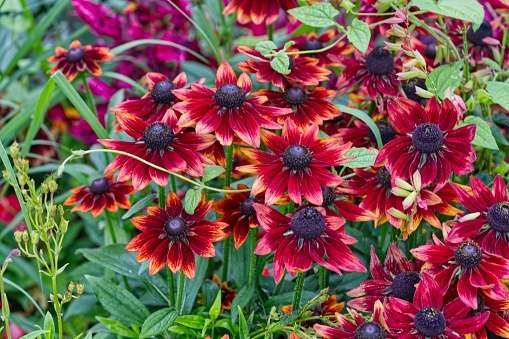
In my experience, I have found four varieties of these black-eyed Susans. You will find these flowers throughout the roadside of North America and south-central US areas. But, according to genus, you will find multiple types of black-eyed susan flowers. Here, I am sharing the most common susans-
- Rudbeckia hirta Maya
- Rudbeckia hirta cherry brandy
- Rudbeckia fulgida goldstrum
- Rudbeckia laciniata autumn sun
- Rudbeckia hirta prairie sun
- Rudbeckia hirta toto rustic
- Rudbeckia hirta Indian summer, etc.
Flow chart: Basic features of black-eyed susans
| Terms | Features |
| Native zone | North America |
| Multiple names | Marguerite jaune, brown betty, black-eyed susan |
| Actual size | Tall- 2 to 3 ft and wide- 1 to 2 ft |
| Available colors | Red, Orange, and light yellow |
| Blooming time | Perfect in fall and summer |
| Appropriate soli | Well-drained and moisture |
| What type of plant? | Plant for short life |
How to grow black-eyed susans?
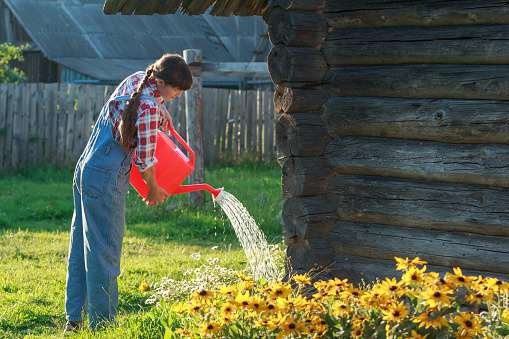
As a gardener, I can claim that, the proper growing process of black-eyed susans depends on multiple factors. I will share with you the primary and basic fats of growing black-eyed susans today. It will be a complete guideline for you if you actually want to get a successful production of susan flower plants. So, without wasting time, let’s share my experience!
## Growing black-eyed susans in a container
Ideally, you have to be conscious about the growing time of the black-eyed susan flower plants. For planting these black-eyed susan plants in a pot, you have to sow the seeds just before around ten weeks of last frost based on your country weather.
- Deep-soak the pot’s moist soil one-fourth inch. Then, set the pot in a cool place. Generally, the seeds should germinate after 7 to 21 days. Before planting this little, ensure suitable weather and an environment for these plants.
## Growing black-eyed susans in an open space
You can sow the seeds of black-eyed susans into an open space. And in that case, you have to ensure the garden temperature is around 70 degrees.
- Ensure the moisture of the garden soil and just scatter the fresh seeds. Then, keep watering properly and ensure enough sunlight. If you want to sow many plants, you must maintain the distance between one another. The general distance between two large plants should be 18 to 30 inches.
Besides these, the most important terms related to the successful black-eyed susan planting. Just stay with us!
How to get the blooming black-eyed susan blooming?
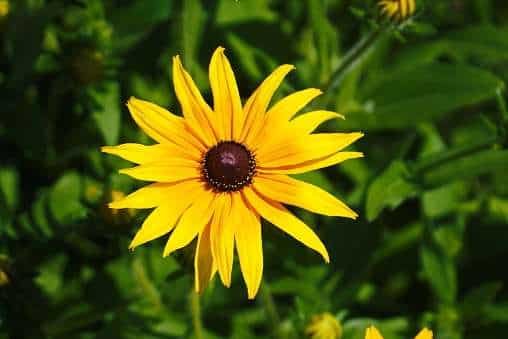
Blooming any kind of flower plant is very expected of us. You must maintain some essential terms and timing for proper blooming of black-eyed susan flowers. Let’s know-
- When will you get the black-eyed susan’s blooming?
Experts claim that the blooming months of the black-eyed susans are late spring and early summer. Besides these, the peak blooming times of these Susan flowers are July and August. As a gardener, you should maintain this timing for successful blooming.
- How could you get enough blooming of susans?
Sufficient sunlight is essential to bloom the susan flower plants perfectly. So, you have to ensure enough sunlight on the black-eyed Susans. Sometimes, these blooming can be hampered because of excess nitrogen. Besides all of these, you should select a fertilizer full of phosphorus. It will provide you with full blooming.
Proper care of black-eyed susan flower plants
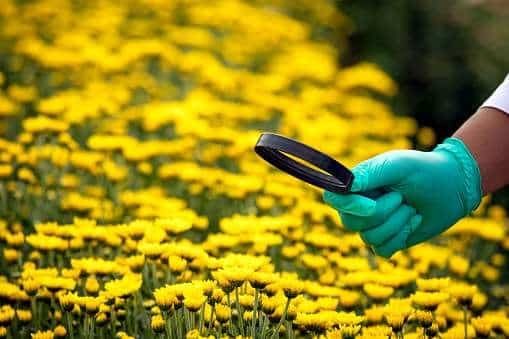
The black-eyed susan flower plants are relatively easy to grow. But, if you want to be a successful gardener of growing these flowers, you must maintain these plants’ caring processes. Let’s know how you will get a fantastic black-eyed susan flower garden or top-
- Full sunlight
The black-eyed susans especially need sufficient sunlight. Ensure a minimum of 6 to 8 hours of sunlight for your Susan flowers per day. If there is not enough sunlight, the flower colors will not be shining enough. It can be grown with pale colors.
- Fertile soil
Prepare the plant’s soil with nutritious fertilizer, which these plants actually need. Soil with full nutrition will provide you with excellent flowers from the seeds. So, maintain the soil with mixing organic fertilizer. It will nourish both of the soil and plants.
- Regular watering
Watering the black-eyed Susan flowers will maintain the moisture and humidity of the soil and plants. Be conscious about the overwatering which can damage the roots of plants.
- Effective pruning
Cutting all trim and seed pods of the growing black-eyed susan plants can be most effective for proper growth. You always have to check out the height of these plants and remove the crowd. Always try to keep the plant a maximum of two inches in height. This pruning system is just excellent for the fantastic growth of the black-eyed susan flowers.
- Propagation
You should divide the plants into parts that will help you harvest seeds properly. This process can be within late fall and early spring. Maintaining this duration will be much more effective for the healthy growth of these flower plants.
Special care for winter of black-eyed susan flower plants
Black-eyed susan plants prefer hot weather for their fast-growing. So, in winter, you must care extra for their effective blooming and growth. Here, I have discussed the care of susans in winter-
- After every frost, you should keep all stems up to two to three inches from the ground floor.
- Keep mulching process to protect your plants and flowers from extreme cold weather.
- Make free your plants from freezing. And maintain the proper watering process just before winter.
- Be conscious about fertilizing your plants. You should avoid fertilizing the black-eyed susans during their growing time.
- Continue checking the snow cover of the plants and maintain the overall snowfall and mulching over the winter season.
How could you protect the black-eyed Susans from pests and diseases?

If you have black-eyed susans in a pot or a garden, you must check out the harmful insects and diseases. All of these will have bad impact on the growth of these flowers. To control and remove the pests you should follow some specific steps like-
- Proper identification of Common insects
As a successful gardener, you must look for the pests that will have a bad impact on these black-eyed susans. Common pests are spider mites, aphids, etc. After proper pest identification, you can take appropriate protection and prevention techniques.
- Pest mitigating technique
You can naturally control common pests and diseases by involving natural predators like ladybugs. This natural technique will be more effective. Besides this, regular spraying can reduce the number of pests and mitigate the possibility of diseases.
Final say

Hopefully, you have got an easy and complete guide on how to grow black-eyed susans properly. If you can maintain all the processes and techniques properly, growing black-eyed susans will be a successful project. It will make your garden more glorious with brilliant color.
However, you can enjoy these black-eyed susan hardy flowers for a long time by choosing the correct spot and the most effective maintenance processes. So, enjoy the unlimited beauty

